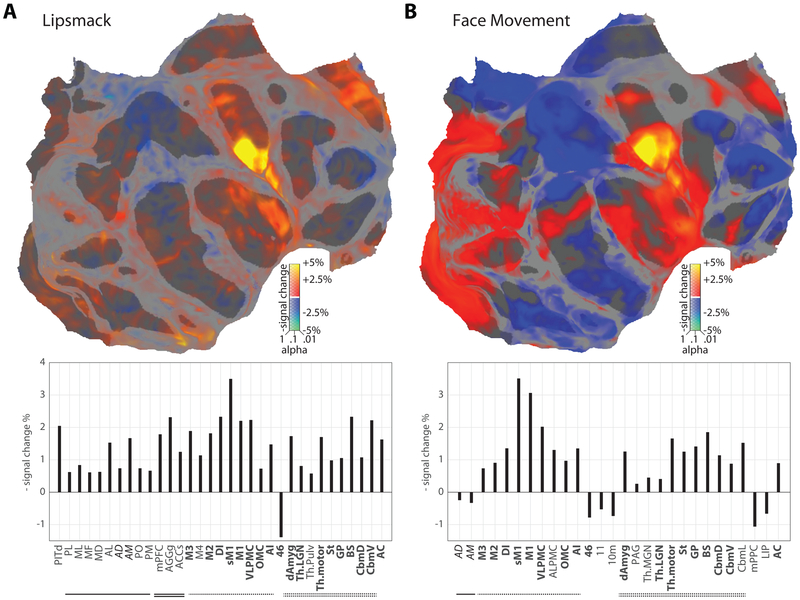Figure 3: Neural Responses Associated with Communicative Facial Movement.
(A, top) Digitally flattened map of monkey cortex, in which the occipital pole is toward the left (cut along the calcarine), the temporal pole is at bottom right, the anterior pole is to the right, and the medial wall is in the upper right (cut across the mid-cingulate and posterior to the ascending limb). Areas with increased/decreased activity correlated with the presence of subject-produced ‘lipsmacks’ are shown in hot/cool colors respectively, scaled according to percent signal change; significance (corrected for multiple comparisons by estimating the false discovery rate) is indicated by opacity. Image-based motion estimates have been removed by nuisance regression (see Methods). Significantly modulated ROI are labeled. (a, bottom) Bar graph of significant ROI activity correlated with the presence of subject-produced ‘lipsmacks’, including both cortical and subcortical regions. Upward bars indicate decreased signal, and hence increased blood flow and brain activity. Activity changes were calculated by weighted least squares estimation across all subjects and brain hemispheres (20 hemispheres total); significance was not corrected for multiple comparisons. Face patches are underlined, medial decision-associated are doubly underlined, facial motor regions are dash-lined, and subcortical regions are doubledash-lined. Key regions activated include the lateral frontal cortex, supplementary motor cortex, and anterior cingulate motor cortex. Pronounced activity was also recorded in the brainstem facial nuclei, the motor thalamus and the striatum. (B, top) Flatmap of increased/decreased activity correlated with general computer-scored face movement. Image-based motion estimates have been removed by nuisance regression (see Methods). Significantly affected ROI are labeled. (B, bottom) Bar graph of significant ROI activity correlated with general computer-scored face movement. As in (A), key regions of activation include the lateral frontal cortex, supplementary motor cortex, and anterior cingulate motor cortex, as well as the brainstem facial nuclei, the motor thalamus and the striatum.

